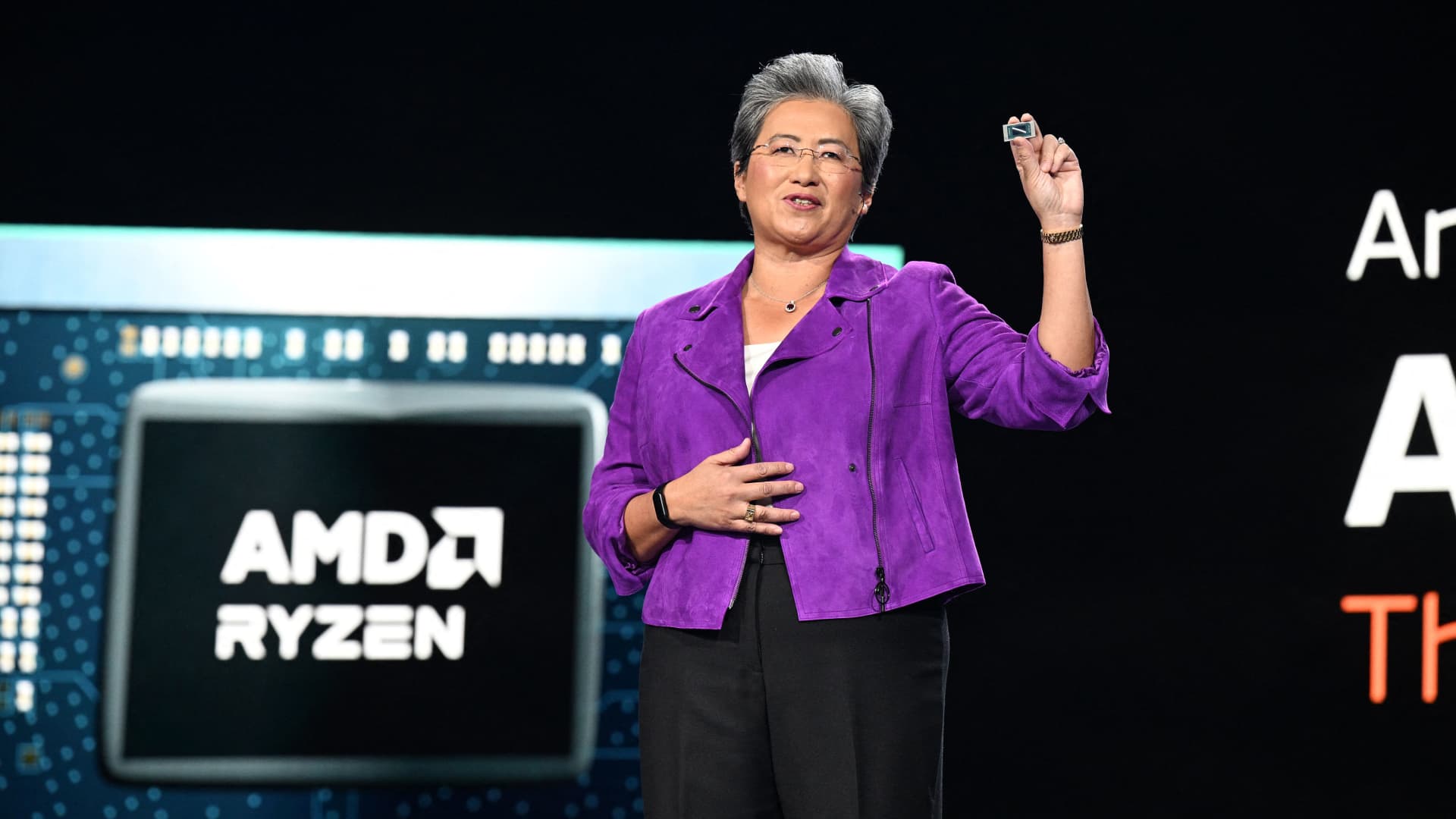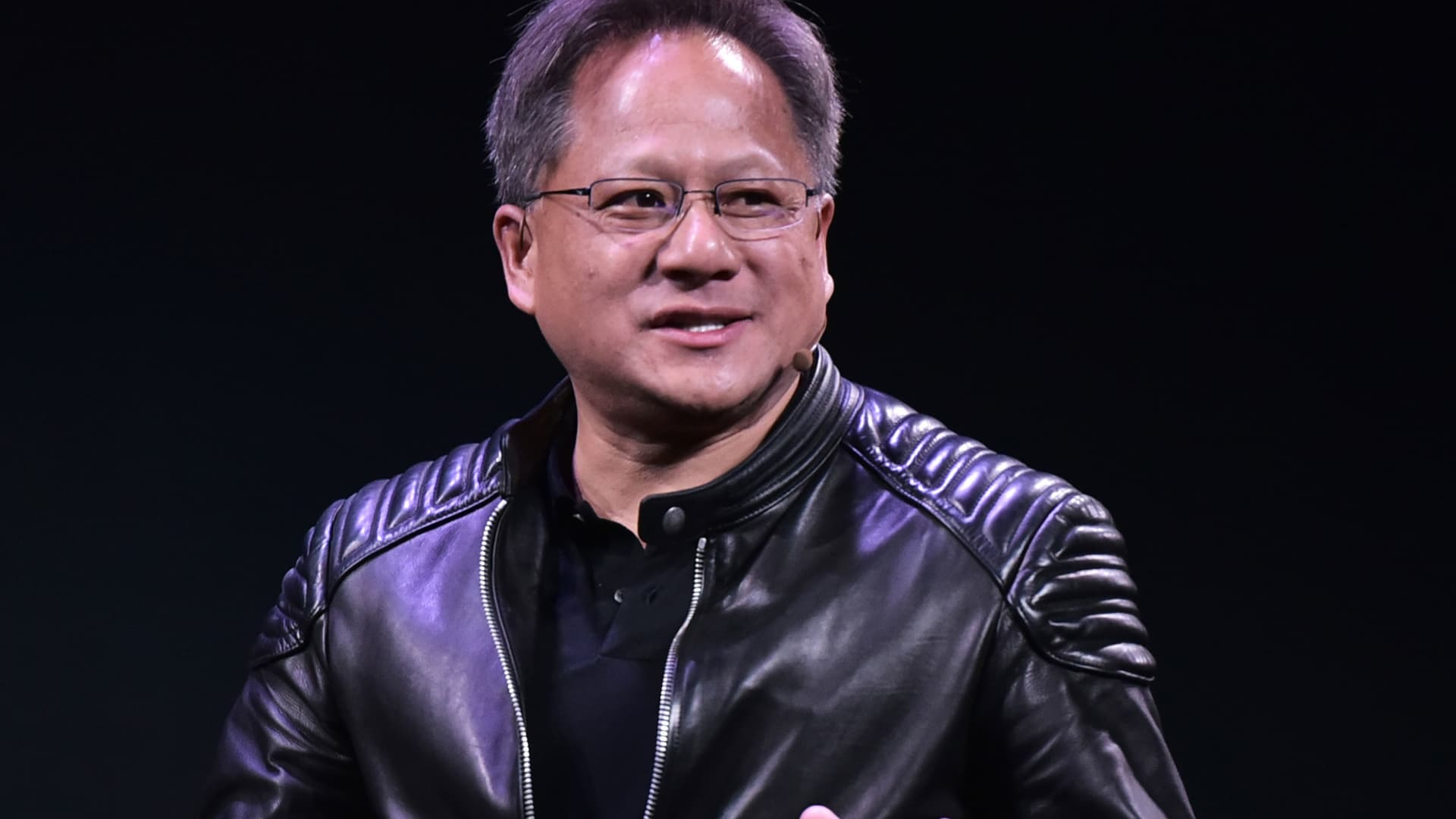Generative AI Is Coming for Sales Execs’ Jobs—and They’re Celebrating

Wining and dining, wooing clients with creative offers, and cashing big bonuses provide the glamor to sales work. Drafting answers to hundreds of dull questions posed by a prospective customer’s request for proposals? That’s just drudgery. Mercifully for workers, after months of speculation about ChatGPT-style AI taking over white-collar work, the corporate chore of responding to RFPs is one of the first that generative AI is disrupting.
In April, communications software maker Twilio introduced RFP Genie, a generative AI tool that digests an RFP, scours thousands of internal files for relevant information, and uses OpenAI’s GPT-4 to generate a suitable response. The company’s sales staff simply copy and paste the text over into a formal document and make a few adjustments.
RFPs that once occupied a pair of staffers for two weeks or more are now done in minutes. Twilio, whose cloud tools enable companies to chat with customers, expects to be able to make more and better sales pitches, and isn’t planning job cuts. “This will free up our solutions engineers to focus on more complex problems that demand not just reasoning, but human contextualization,” says Twilio CEO Jeff Lawson of the RFP bot, which has not previously been reported.
Lawson’s sales team isn’t the only one enjoying a sudden windfall of free time. Generative AI RFP response bots also have launched for sales teams at Google’s cloud unit, ad-buying agency EssenceMediacom, and DataRobot, a startup developing software to manage AI programs. In August at IBM, an RFP bot was selected by CEO Arvind Krishna as the winner of an internal AI hackathon called the Watsonx challenge, beating a field of over 12,000 entries. It used a large language model from IBM’s Watsonx.ai service to write answers in a tenth of the time compared to solely by hand, and the company is studying how to adopt the system. Consulting giants such as Bain and Deloitte have been pitching clients on the RFP idea, and makers of RFP management software are trying to build in generative AI.
RFPs with tedious questions asking for information such as a cloud service’s uptime or its support for multifactor authentication are an unavoidable stage in all sorts of sales processes, from software deals to light bulbs. Customers get a book of jargon, statistics, and promises to justify an eventual purchase and use in any future dispute. But no one enjoys writing or answering the questions, which in tech pulls top engineers away from more important projects. Everyone involved openly jokes—or perhaps secretly fears—that no one reads the responses before tapping the Buy button anyway.
Generative AI’s arrival has brought welcome relief to many workers trapped in RFP hell—and potentially offers a counterpoint to the anxiety that AI writers will replace humans. At the same time it’s prompting questions over how much longer humans will be involved in some business admin practices. As more RFP responses are crafted by AI, bots will inevitably start writing the questions too. Before long, other bots may be scoring proposals and recommending winners, leaving humans to just do a brief double check. “The AI RFP is a baby step toward replacing the RFP with something better,” says Peter Bonney, CEO of Vendorful, which recently started selling a tool similar to that used inside Twilio.
Ask the Genie
When Lawson laid off 11 percent of Twilio’s several thousand employees in September 2022 and an additional 17 percent in February, he said the company had to become more efficient. Generative AI is a central pillar of his plan to boost productivity. He started toying with the technology during nights and weekends in 2020, using text generators to brainstorm and to compile silly dinner recipes. When OpenAI began selling access to GPT-4, the large language model powering the paid version of ChatGPT, Lawson asked his staff to work on tools to streamline Twilio’s operations.
To create the RFP bot, a handful of data scientists and a solutions engineer at Twilio began experimenting with augmenting GPT-4’s inherent vocabulary, which comes from scraping the text of websites and books. They devised a method that pairs a program that retrieves snippets relevant to the questions in an RFP from technical documentation and other sources inside in the company with a system that directs GPT-4 to summarize those snippets in a clear and professional tone. GPT-4 proved capable of generating extremely accurate responses—though solutions engineers and technical experts still review or edit every answer before sending them off to a prospective client.
The tech industry has begun calling systems like Twilio’s retrieval augmented generation, or RAG. Browse, a new option in paid ChatGPT, functions similarly by summarizing search results from Microsoft Bing to help answer users’ questions. It cuts down on large language models’ so-called hallucinations, where they make up information when there are gaps in their knowledge. Jay Schuren, chief customer officer at DataRobot, compares RAG to handing someone a cue card with some facts listed and asking them to make a speech. “The language model tells a coherent story, but it sticks to the script,” he says. The RAG approach is also, in many cases, much cheaper than training or fine-tuning a large language model to a specific task.
Twilio’s RFP Genie, as it’s unofficially known internally, operates globally and in multiple languages. Account executives can now solicit more business because they can respond to RFPs they would have previously lacked time to pick up. By Twilio’s estimate, the bot handles about 80 percent of an RFP and staff fill in the rest while reporting and categorizing their corrections. “We’re not reducing these roles, because with the time saved these teams can address more RFPs and spend more time interacting with and helping more customers than before,” company spokesperson Miya Shitama says.
The company is working on having the tool automatically improve based on staffers’ edits to AI-generated answers. It also hopes to give the tool some more character. When asked by a company staffer about its favorite question to answer, the bot dryly replied, “I don’t have personal preferences or feelings” before noting, “I particularly excel at answering questions related to Twilio’s features, customer stories, and use cases.”




